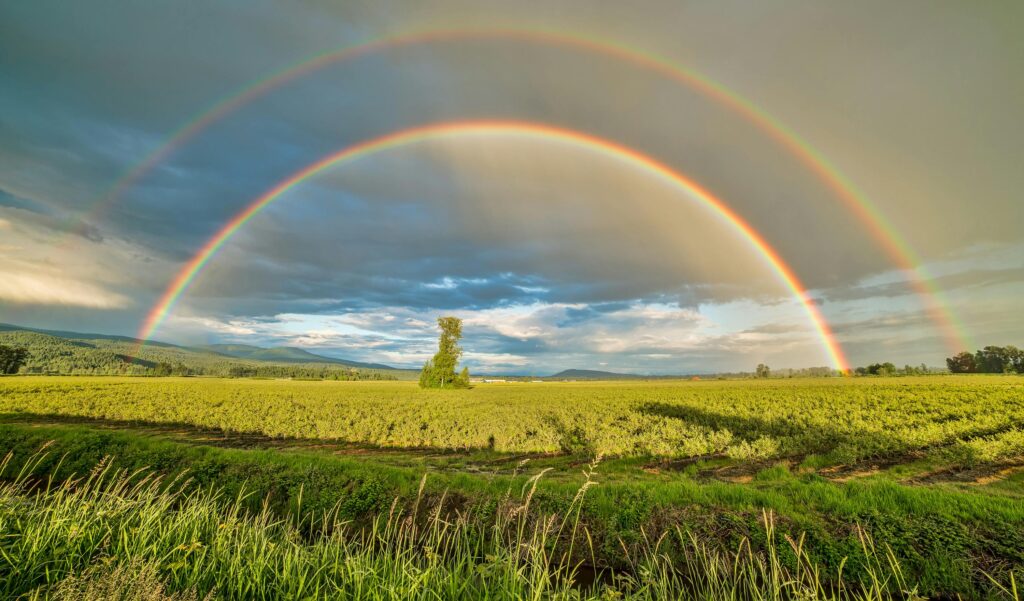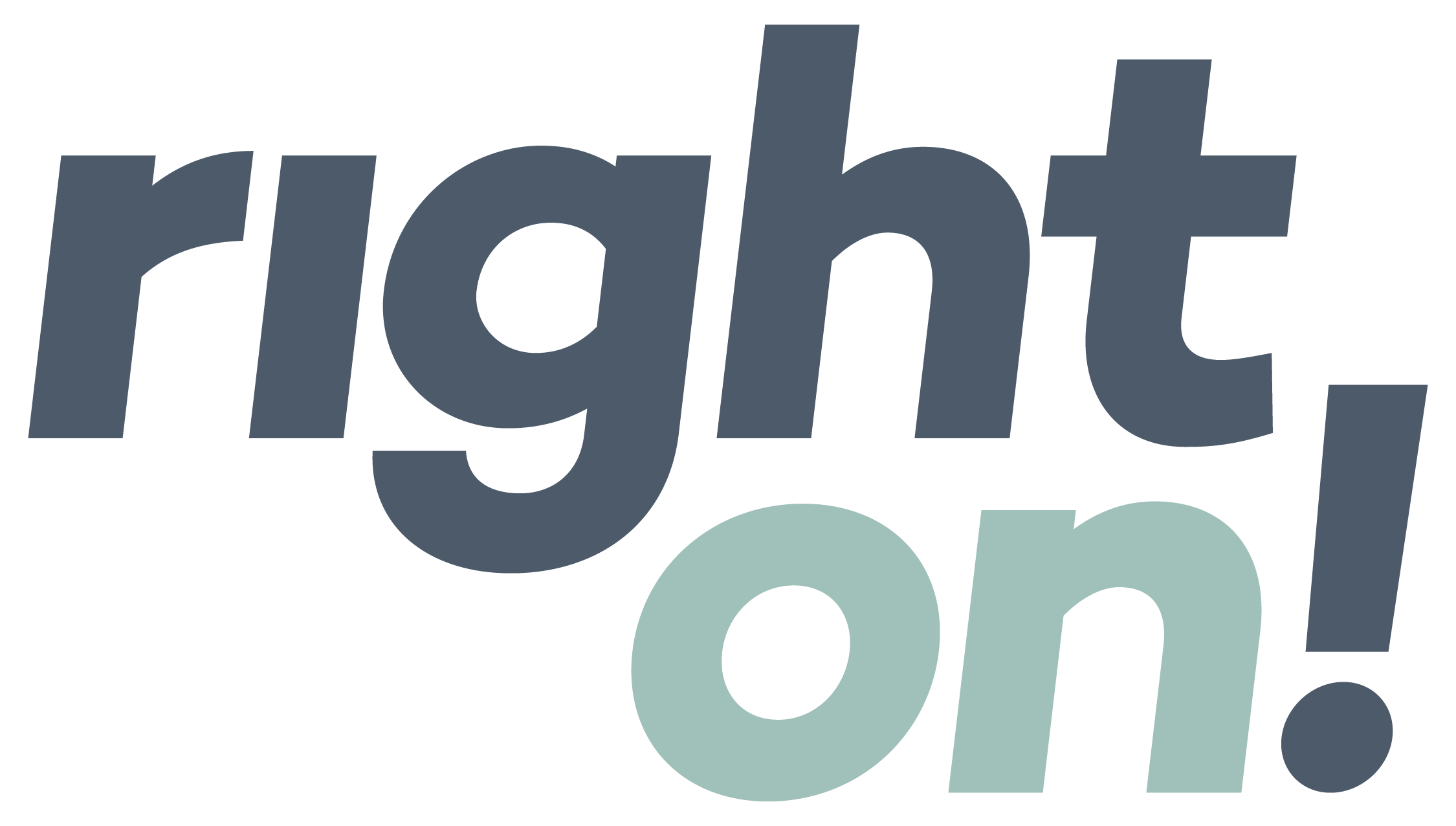
Steal these storytelling strategies.
Sustainability friends, we have a communications problem.
People don’t understand what we’re talking about half the time. And when they don’t understand us, they shut down. We can’t get them to listen or care. And we certainly can’t get them to act. In fact, a Pew Research Report from earlier this year reveals that only 37% of Americans see addressing climate change as a top priority.
It can feel confounding. After all, we have mountains of facts and figures to prove our points. But they’re not enough. To make a real impact, we need to uncover the emotion buried beneath all that data.
The first step is to understand what your audience cares about most—and this is tricky since you’re likely talking to a multitude of audiences, all with different needs, hopes, and dreams. But that’s why it’s all the more important to pinpoint the real and specific ways your story impacts their lives right now. (Hint: for audiences like consumers and employees, it’s not about things like staying below 1.5 C warming. It’s about how climate change could impact things like their daily cup of coffee.)
Once you’ve got the right messages for each of your audiences, it’s time to awaken their emotions. And for that, you need a well-designed story—which means having a few storytelling tricks up your sleeve. Here are just a few of the narrative techniques we teach in our writing workshops for in-house teams, and that you can try in your next sustainability content project.
Conflict—This is what drives your story forward, and it can show up in your sustainability content in a variety of ways. Think about the hero of your story. What external forces stand in their way, and how can you amp up that tension in your narrative? Remember to think about the villain in your story, too.
Plot twists—A radical change in your story’s direction can keep audiences intrigued and invested. The 2030 Status video from Apple uses a plot twist effectively when it introduces Mother Nature as the VIP the team’s been frantically prepping to meet.
Diction—Your word choices can make the difference between content that sparks action and content that fizzles out. Err on the side of simple and conversational. And ditch the jargon. The Talk Like A Human guide from Potential Energy shares eight principles for climate communication, including words to avoid and words to use.
Flashbacks and flash-forwards—Remember that your narrative doesn’t have to be linear. You can temporarily take the story back in time, or jump it forward to project into the future. I love Yeti’s 2023 Year in Preview, which flips the year-end review format and invites folks to look ahead to the future. I can imagine a feature like this being used as part of an interactive sustainability report.
In medias res—Another way to alter your timeframe is to start your story smack-dab in the middle of the action. This creates a sense of urgency right from the opening hook. You can backfill important details as you get further along.
Ticking clock scenario—An impending threat (either existential or everyday) imposes a time limit for achieving a goal … or suffering the consequences. Use this sparingly and pivot quickly so you don’t get stuck in FUD (fear, uncertainty, and doubt). The Climate Science Translated videos do this with a huge dose of levity and sarcasm. Here’s the latest, with comedian Jo Brand translating climate scientist Mark Maslin.
As Right On Senior Writer Greg Fox says, it’s your job to “find what’s fascinating” in your programs and initiatives—and to build your story around that. The great news is that there’s always something fascinating to uncover. See Greg’s insights on our YouTube channel.
Our Most Recent Insights.
SEE ALL INSIGHTS →
Uncategorized
A more hopeful Earth Day
When it comes to climate messaging, we’ve learned that stories of hope and optimism inspire action.

Reporting
CEO letters that sing (sometimes literally).
Break free from the standard CEO letter format—and create a standout opener for your next sustainability report.

Storytelling
Human stories, not corporate soliloquies.
You’ve got strong DEI commitments and you’re taking action on them. Now, you need compelling, human-centric content that changes hearts and minds.
